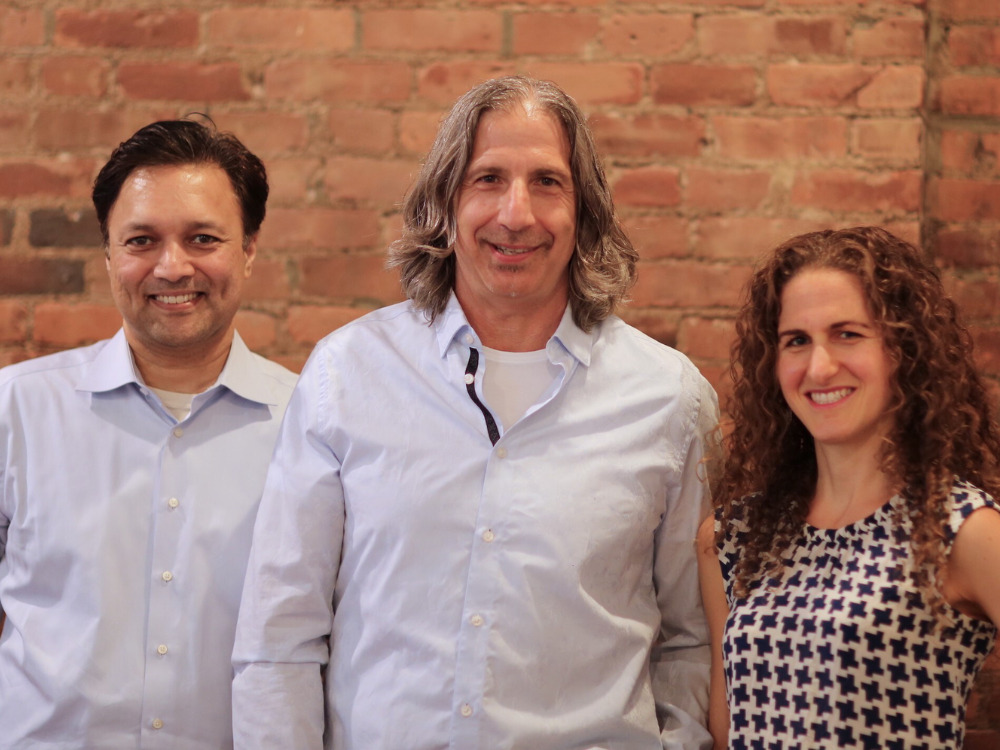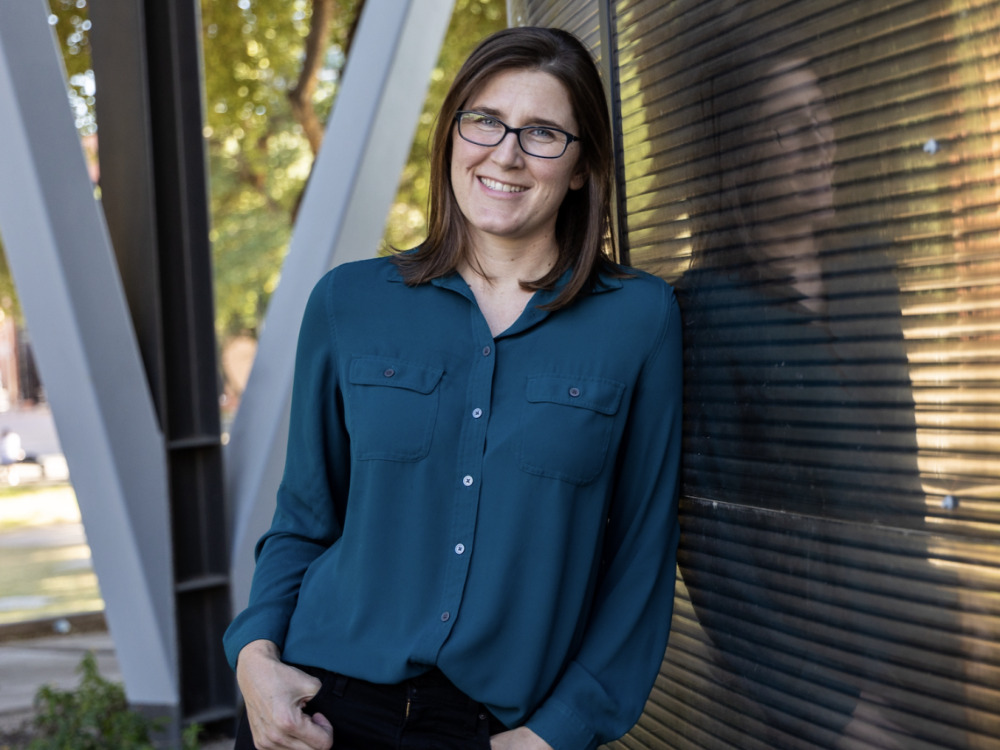
Groundwater forecasting, aquaculture, and helping smallholders were winning innovation areas in the latest innovation challenge from nonprofit FoodShot Global, which hosts challenges for entrepreneurs based on a particular issue related to food, agriculture and/or environment.
This latest challenge focused on water, and more specifically, how tech can help protect water as a resource for food and agriculture.
As a resource, water is a rather undervalued, underinvested resource in agrifoodtech, despite the fact that in most regions around the world, more than 70% of freshwater is used for agriculture. Despite the abundance of water on the Earth’s surface, roughly a quarter of the global population faces “extremely high water stress” and regularly use up their water supply; an additional 1 billion people will be impacted by this by 2050.
Foodshot global works with a consortium of venture funds, banks, corporations, foundations, universities, and non-profits to collectively award up to $10 million in equity capital to innovative companies. It also awards a “GroundBreaker Prize” to early-stage entreprenurs.
“We had a rigorous application process that included written materials, interviews, and extensive deliberation among the selection committee,” Sara Eckhouse, executive director of FoodShot Global, tells AgFunderNews.
“When we evaluate applicants, we consider their alignment with our mission and the FoodShot focus, as well as their likelihood of success and global relevance. With all of this year’s winners, we felt that our funding would be truly catalytic in helping them achieve their goals and creating healthier, more sustainable, more equitable food systems.”
She notes that as with previous years, the selection pool was full of strong candidates. The winning individuals “stood out as real innovators in a few ways, especially their deployment of novel technology and their systemic solutions to complex challenges.”

Advanced modeling for improved groundwater forecasting
Dr. Laura Condon, an associate professor at the University of Arizona and President and CEO at Hydro Futures, received $250,000 for her work in developing tools for forecasting groundwater and soil moisture. According to FoodShot, such tools can provide more cost-effective prediction tools and improved irrigation and crop choices.
“Our team has developed a national modeling platform for the US that simulates the entire terrestrial hydrologic cycle from the bedrock to the treetops,” Dr. Condon tells AgFunderNews. “So far, our platform has been applied to natural systems but with this funding we will be able to explore new capabilities to simulate irrigated agriculture considering both irrigation practices and crop choices.”
She adds that her team will also join the FoodShot community, which offers “a unique opportunity” for both building connections and applying hydrologic tools to agricultural settings.
“We’re very excited about the way that Laura is leveraging machine learning and advanced modeling to provide farmers with practical information about groundwater and soil moisture,” says Eckhouse.

From aquaculture to biofertilizers
Dr. Daniel Russek, CEO of Atarraya, received $150,000 for his “shrimpbox” tech for more sustainable shrimp farming.
“Daniel’s Shrimpbox technology provides a completely new way to raise shrimp, drastically reducing the amount of water needed while creating biofertilizers to support regenerative agriculture,” explains Eckhouse.
The shrimpbox tech reduces water usage by 98.33%, according to Atarraya, compared to traditional shrimp farming methods. This eliminates discharges through biofloc technology, promoting efficient water management and mitigating environmental impact.
Dr. Russek says the prize money will go towards further development and testing of the company’s biofertilizer for regen ag derived from its aquaculture system.
“Specifically, we will use the funds to evaluate the effectiveness of these biofertilizers on soil health and plant growth. By conducting comprehensive experimental designs across various crop types, we aim to demonstrate the potential of our biofertilizers in enhancing agricultural productivity while promoting environmental sustainability,” he notes.
Of the FoodShot competition itself, he says the recognition and validation of Atarraya’s shrimpbox technology has been the most significant advantage for the company. “[It] not only enhances our credibility but also helps us build stronger partnerships and collaborations.”

Circular solutions for smallholder farmers
A third prize of $80,000 went to Alexandra Pounds, action research lead at ThinkAqua, a nonprofit working to develop sustainable aquaculture for smallholder farmers.
Pounds will use the prize money to expand the Resilient Aquaculture Designs (RAD) initiative in Uganda and Kenya, which involves creating networks of locally owned hubs providing farmers with market access, inputs, and technical support. The idea is to provide a ready market for
“RAD addresses smallholder farmers’ needs by ensuring a ready market for tilapia, producing high-quality seed fish, and cutting production costs with Black Soldier Fly larvae, which also serve as organic fertilizer,” says Eckhouse.
The system is already proven in western Uganda to boost productivity and livelihoods as well as improve nutrition; the plan is to scale it across East Africa in the future.
Says Eckhouse, “With Alexandra, we were very impressed by the community engagement and adoption of circular economy models that help smallholder fish farmers increase productivity, diversify livelihoods, and improve nutritional outcomes.”



